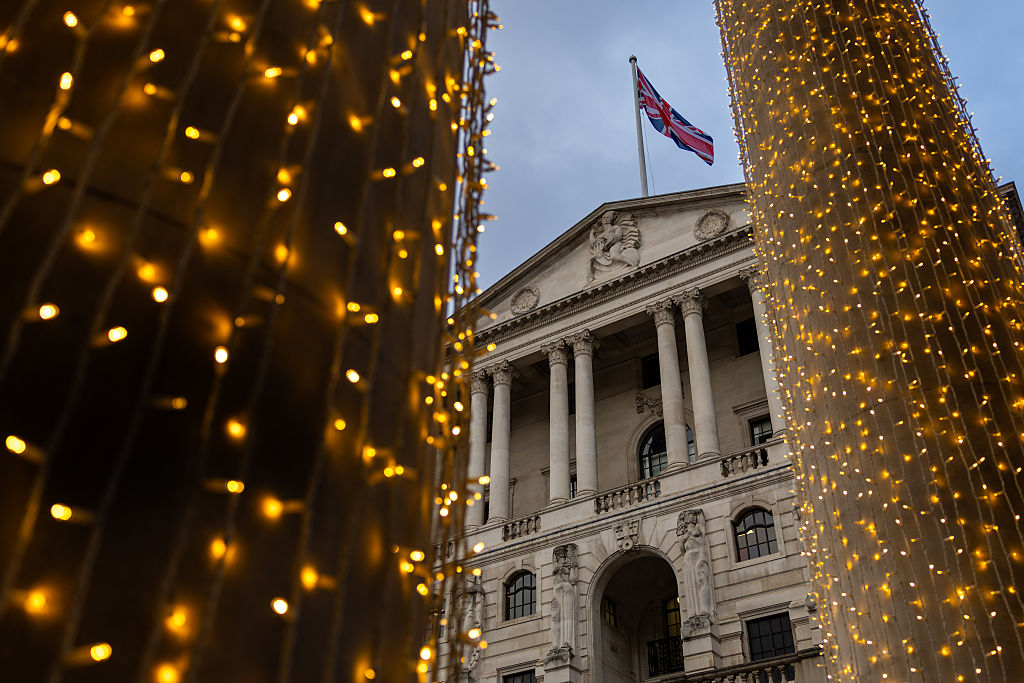Australia's economy could be going under
Australia – the “lucky country”, which has gone 28 years without a recession – may yet run out of luck as its economy falters.

Australia's "terrible" second-quarter GDP figures are "among the worst we have seen this century", says Greg Jericho in The Guardian. The economy expanded by a mere 0.5% in the second quarter, implying an annualised rate of 1.4%.
Still, at least Australian homeowners have something to cheer about. A credit-fuelled housing bubble has been hissing air for much of the past two years, with prices falling an average of 7.3% in the year to May. Still, nationally, prices rose 0.8% last month, the biggest jump in two years, reports James Hall for news.com.au. In Sydney median prices picked up 1.9% in the three months to August. That should, in theory, make consumers feel wealthier and more willing to spend.
Lucky country is out of luck
By mid-2015, interest-only loans made up a staggering 46% of all new mortgages, according to Bloomberg data. That prompted a clampdown by authorities on loose lending practices. Yet household debt levels remain equivalent to an eye-watering 120% of GDP. That compares with 87% in the UK and just 53% in Germany.
MoneyWeek
Subscribe to MoneyWeek today and get your first six magazine issues absolutely FREE

Sign up to Money Morning
Don't miss the latest investment and personal finances news, market analysis, plus money-saving tips with our free twice-daily newsletter
Don't miss the latest investment and personal finances news, market analysis, plus money-saving tips with our free twice-daily newsletter
What's more, with wage growth stagnant, "Aussies just aren't spending or eating out the way they used to", says Jack Derwin on Business Insider. Retail sales fell 0.1% in July, with a larger 0.3% fall in discretionary purchases suggesting that households are actively tightening their belts.
A record 40% of Australian exports headed to China in June, reports David Uren on aspistrategist.org.au. "A decade ago it was just 20%." That includes massive shipments of iron ore and coal, as well as consumer goods such as wine and baby formula.
China's slowdown leaves Australia dangerously exposed, says Martin Farrer in The Guardian. One forecast suggests that if the Middle Kingdom's economic growth halved to 3%, then "Australia would stand to lose... more than half a million jobs".
The central bank has slashed interest rates to 1%. Yet cheap debt caused many of the current problems in the first place. With little left in the monetary toolbox, it falls to the government to serve up a rescue, says Matt Wade in The Sydney Morning Herald. That means more spending on infrastructure and "supply-side" measures such as tax reform to encourage business investment and employment. The government shows little inclination to loosen its tight fiscal rules, however. Get set for quantitative easing.
Get the latest financial news, insights and expert analysis from our award-winning MoneyWeek team, to help you understand what really matters when it comes to your finances.
Alex is an investment writer who has been contributing to MoneyWeek since 2015. He has been the magazine’s markets editor since 2019.
Alex has a passion for demystifying the often arcane world of finance for a general readership. While financial media tends to focus compulsively on the latest trend, the best opportunities can lie forgotten elsewhere.
He is especially interested in European equities – where his fluent French helps him to cover the continent’s largest bourse – and emerging markets, where his experience living in Beijing, and conversational Chinese, prove useful.
Hailing from Leeds, he studied Philosophy, Politics and Economics at the University of Oxford. He also holds a Master of Public Health from the University of Manchester.
-
 What are my retirement income options?
What are my retirement income options?We’re all told to save into a pension, but there’s widespread confusion about how to take an income from our savings and investments at retirement, a new study has found. We look at your retirement income options.
-
 UK interest rates: will the Bank of England lower rates?
UK interest rates: will the Bank of England lower rates?The Bank of England’s Monetary Policy Committee’s (MPC) final interest rates meeting of the year takes place tomorrow (18 December) and most experts expect a cut